MacBook Pro 16 M2 Max vs. 6K video editing — can it be slowed down?
I pushed the MacBook Pro 16 M2 Max, and it pushed back
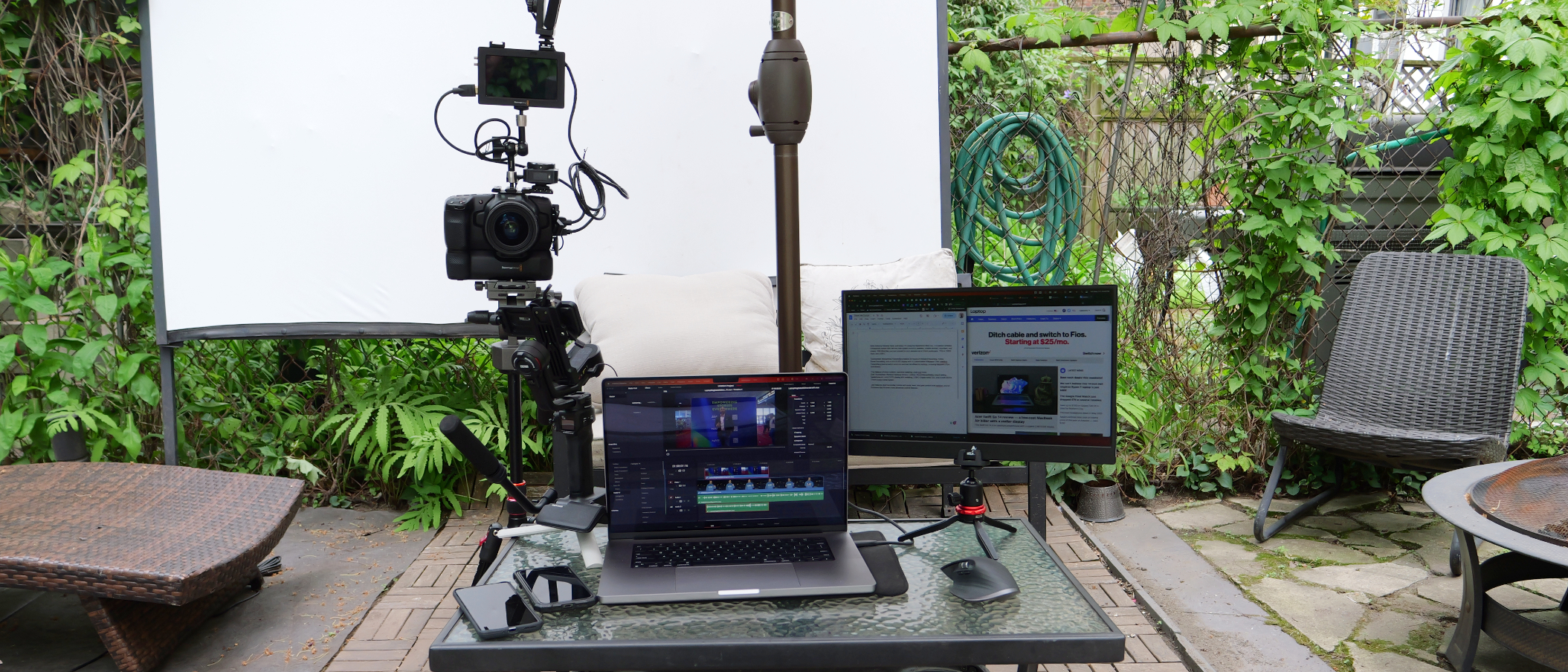
I have been having a blast throwing everything I can at the MacBook Pro 16-inch M2 Max, and at first, it was a challenge even to awaken the fans in this thing. Being a content creator on every level since the mid-2000s, first shooting footage with an old Canon mini-dv cam that I could plug into my laptop and edit my low-res videos, it's been quite the journey to where we are today. I currently shoot footage with my Blackmagic Pocket Cinema 6K, which creates large BRAW files that many laptops struggle to edit.
It can be anything from sputtering performance while cutting clips over a minute long or when you zoom into your timeline to get an exact cut, things will start getting choppy as the GPU and CPU struggle with the high-res footage. This slows the editing process down quite a bit and can affect the quality of your content.
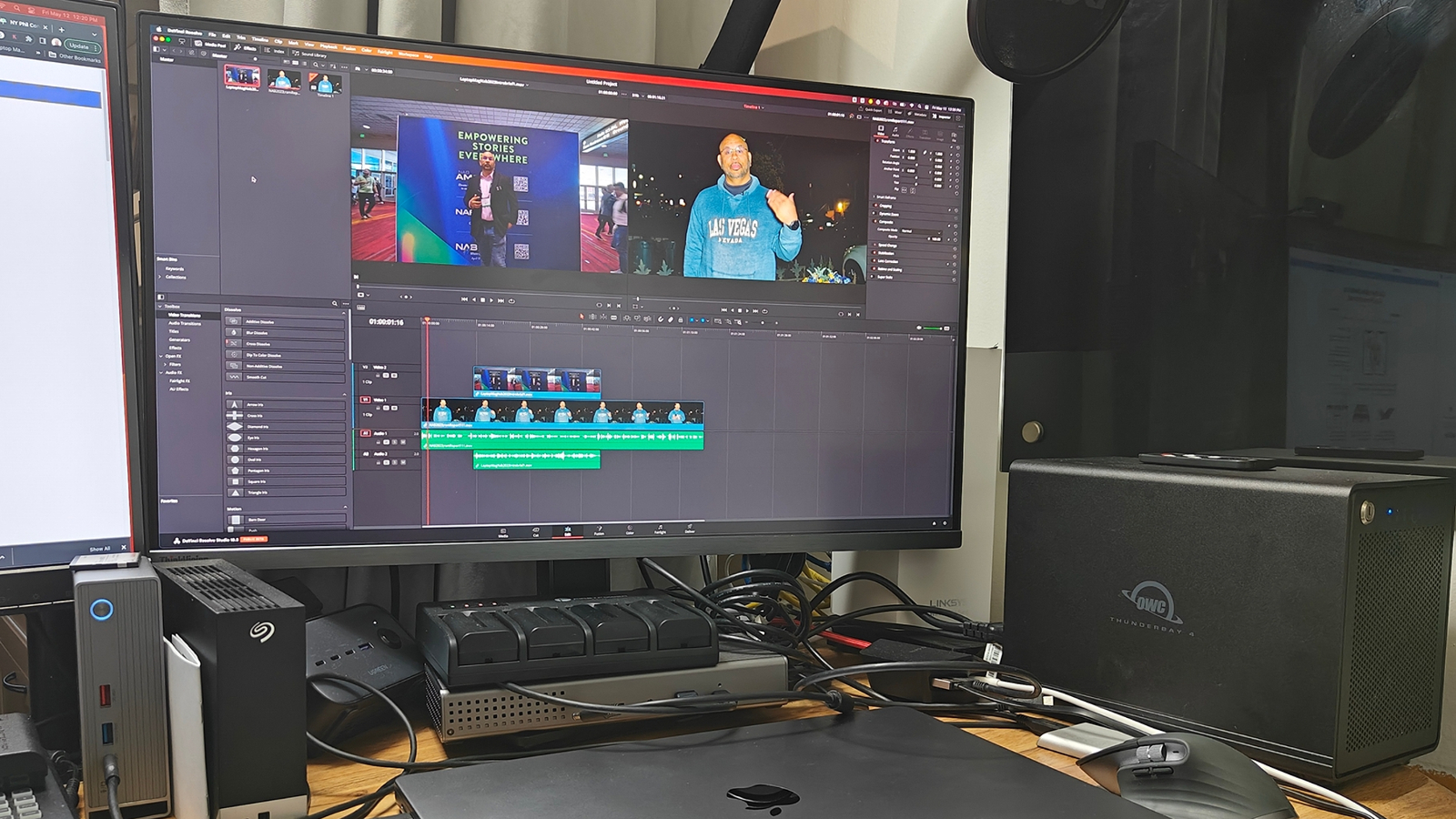
Also, how much RAM your system has will affect its ability to handle all your footage and the smoothness of file movement, file management, and rendering speed. The more RAM you have, the smoother your editing, cutting, and effects capabilities within your software.
Then we move on to rendering, and although most young creators are only making 90-second to 3-minute videos, once you get into longer form YouTube content (7 to 15 mins), rendering speeds can be slow on systems with less powerful GPUs, and sadly, outside of Apple silicons integrated M series GPUs and CPUs, you rarely find an integrated GPU that renders and handles video editing with any level of agility.
With all of that said, I happily got my hands on the latest MacBook Pro 16-inch with the super-powered M2 Pro Max chipset with a 12-core CPU with 8 performance cores and 4 efficiency cores, a 38-core GPU with 16-core Neural Engine, 96GB of RAM, and a 4TB of SSD storage. I fully understand the potency of the M2 Max chipset, but the 96GB of RAM excited me the most as I pondered whether I could ever do anything that would slow this system down or cause sluggish performance.
6K video editing
This will be short; the MBP 16 M2 Max had no issues with the 6K footage, even when I was dicing up a 30-minute video, which required additional 4K assets. Many times in DaVinci Resolve, I had to zoom in tight on the footage to make precise cuts while splicing in the added 4K footage, and not once did I experience the lag that can happen in machines with less than 32GB of RAM. Most times, editors just wait it out, so it's not a major bother, but when having to cut a project together quickly for a client, it becomes a costly issue.
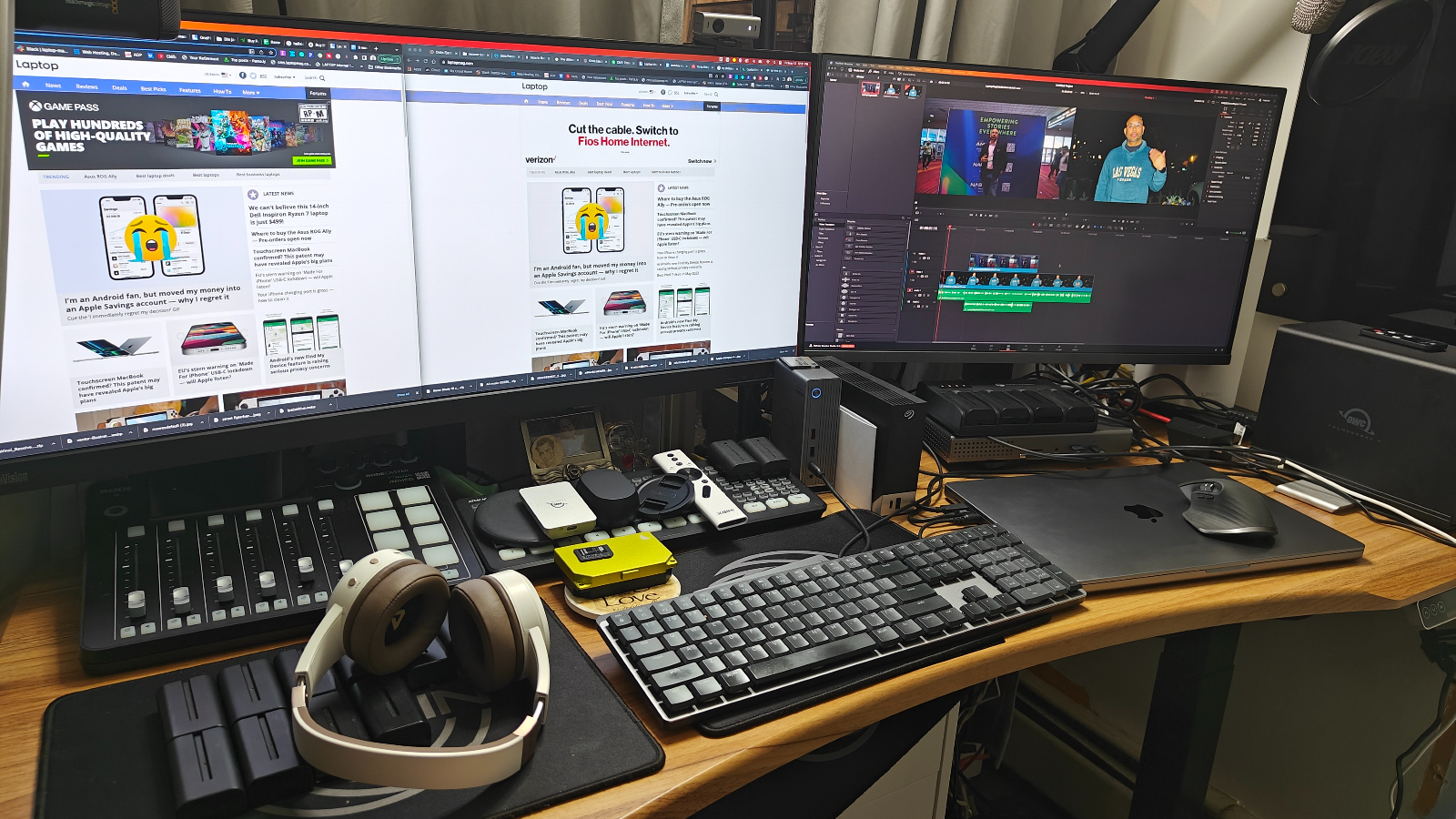
Thinking that I needed to entertain myself while editing on my curved 32-inch 4K monitor, I opened a new window and started watching some TV. Then in another window, on the same monitor, I uploaded footage using Alteon and edited documents. I also rendered a five-minute cut of my original 30 min piece. Still, I didn’t experience any noticeable lag or sputtering performance.
Sign up to receive The Snapshot, a free special dispatch from Laptop Mag, in your inbox.
Mind you, I realize I was plugged in, so the system wasn’t running off its battery or power-starved, which often affects performance when handling such tasks. Although again, this is an area where Apple has outperformed others, as the performance dropoff for Apple’s M-series chips is minimal when running on battery power.
Did I just Bog it down?
After discussing my experience with the MacBook Pro 16 M2 Max with my team, I was more determined. It was suggested that I try running Mozilla's Firefox browser as it’s been known to be a systems hog. So, I downloaded Firefox, unplugged the MBP 16, and stepped out into my backyard to edit more footage and see what would happen.
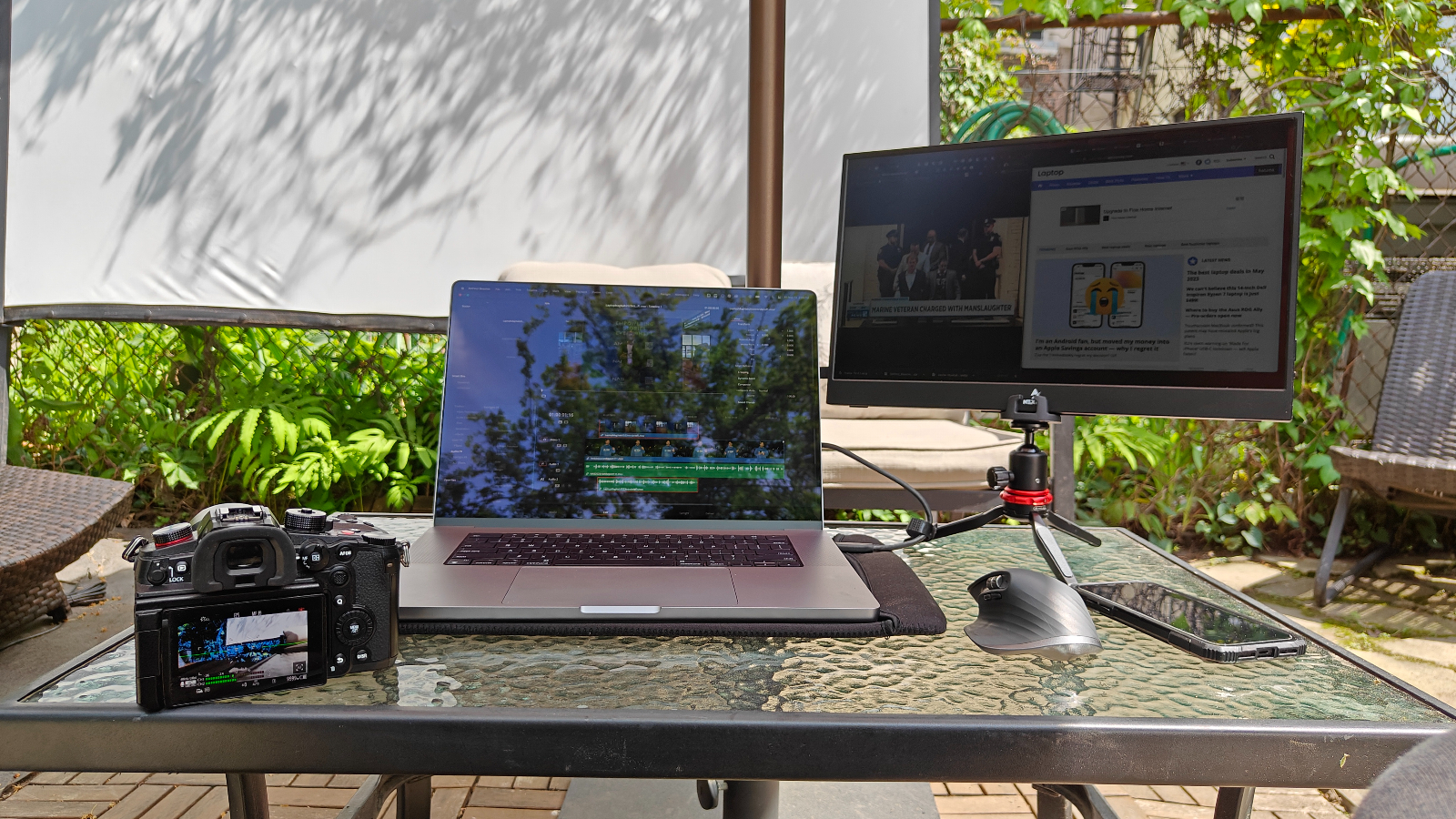
Interestingly, it did experience a slight jitter while editing some 6K footage under those conditions. Still, I also had Firefox and Google Chrome running on a portable monitor alongside YouTube videos, webpages, and some documents. However, it wasn’t during rendering that I noticed the system stress, but when I was again zooming into my footage timeline to make a precise cut. Also, when I initially hit play within DaVinci, the audio and footage experienced a minor lag which briskly corrected itself.
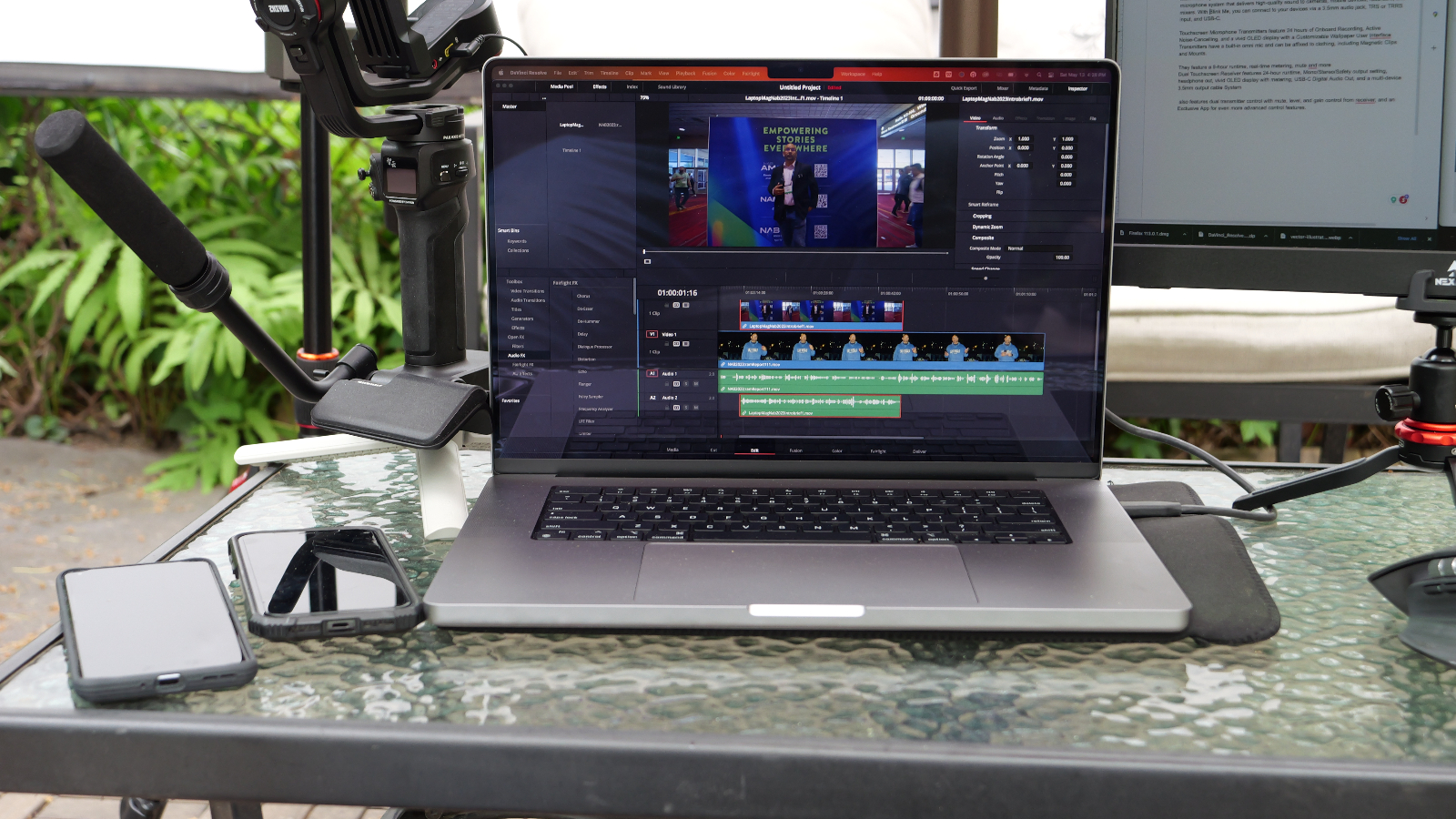
So yes, it is possible to stunt this beast's performance slightly, but it responds quickly, adjusting where it needs to, and many people wouldn’t even notice. Obviously, the combination of the M2 Max chipset and 96GB of RAM makes the MacBook Pro 16 hard to kink up the works. However, good news, Blackmagic is sending over one of its new Ursa Mini 12K cameras that will absolutely push the limits of the MBP 16 M2 Max. So there will be a part 2 to this piece because I really want this thing to freeze up because my ego needs a win, and I want to giggle with glee.

Mark has spent 20 years headlining comedy shows around the country and made appearances on ABC, MTV, Comedy Central, Howard Stern, Food Network, and Sirius XM Radio. He has written about every topic imaginable, from dating, family, politics, social issues, and tech. He wrote his first tech articles for the now-defunct Dads On Tech 10 years ago, and his passion for combining humor and tech has grown under the tutelage of the Laptop Mag team. His penchant for tearing things down and rebuilding them did not make Mark popular at home, however, when he got his hands on the legendary Commodore 64, his passion for all things tech deepened. These days, when he is not filming, editing footage, tinkering with cameras and laptops, or on stage, he can be found at his desk snacking, writing about everything tech, new jokes, or scripts he dreams of filming.
